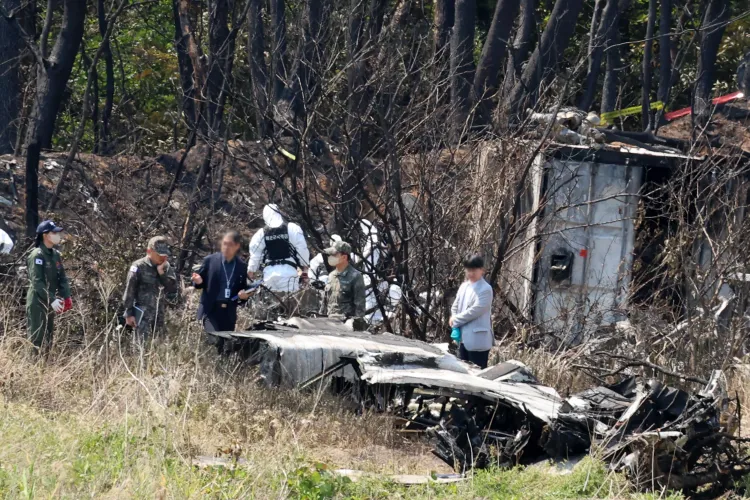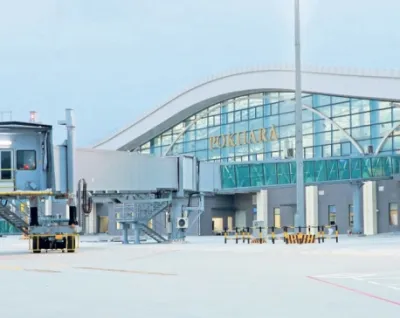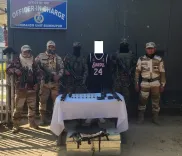What Happened in the South Korean Navy Patrol Aircraft Crash?

Synopsis
Key Takeaways
- Joint investigation committee formed to examine the crash.
- All four Navy officers onboard were killed.
- Possible causes include mechanical failure, bird strike, or weather changes.
- The aircraft was operating normally prior to the crash.
- Surveillance footage captured the moment of the crash.
Seoul, May 31 (NationPress) The South Korean Navy announced on Saturday the establishment of a joint investigation committee involving military personnel, civilian specialists, and government representatives to investigate the recent tragic crash of a patrol aircraft.A Navy P-3CK patrol plane went down on a mountain in Pohang, located approximately 270 kilometers southeast of Seoul, on Thursday, resulting in the deaths of all four Navy officers on board.
The Navy reported that the investigation committee comprises military officials, including representatives from the Air Force and Army, the Coast Guard, and aviation maintenance experts.
According to a Navy official, "To guarantee the investigation's transparency, reliability, and fairness, the committee includes not only military officers from other branches but also civilian experts."
Surveillance footage shared by the Navy depicted the aircraft operating normally before it unexpectedly descended within seconds, as reported by Yonhap news agency.
Navy officials suspect a mechanical issue may have caused the crash but have not excluded other potential factors such as a bird strike or sudden weather changes.
On May 30, crew members of the ill-fated maritime patrol aircraft had no communication with the ground control tower during the emergency until the final moments.
The Navy stated, "The last communication between the control tower and the aircraft took place at 1:48 p.m., with no indications of an emergency situation."
The aircraft, typically stationed on the southern island of Jeju, had been in Pohang for touch-and-go training due to heavy air traffic at Jeju airport.
The incident occurred as the aircraft circled right after completing its first training round, adhering to a prearranged flight route, with favorable weather conditions reported in Pohang at the time.
The 86-second video, consisting of two clips filmed from different locations, captured the aircraft suddenly nosediving into an area near residential homes while on a circular flight path.
The armed service intends to ascertain the accident's cause through a thorough analysis of the aircraft's flight data, audio recordings from the retrieved cockpit voice recorder, and the debris.
South Korea operates 16 P-3 aircraft, known as the "submarine killer" due to their anti-submarine capabilities. The first eight aircraft, designated as P-3C, were introduced in 1995, followed by eight renovated models, the P-3CK, developed by Korea Aerospace Industries Ltd.










